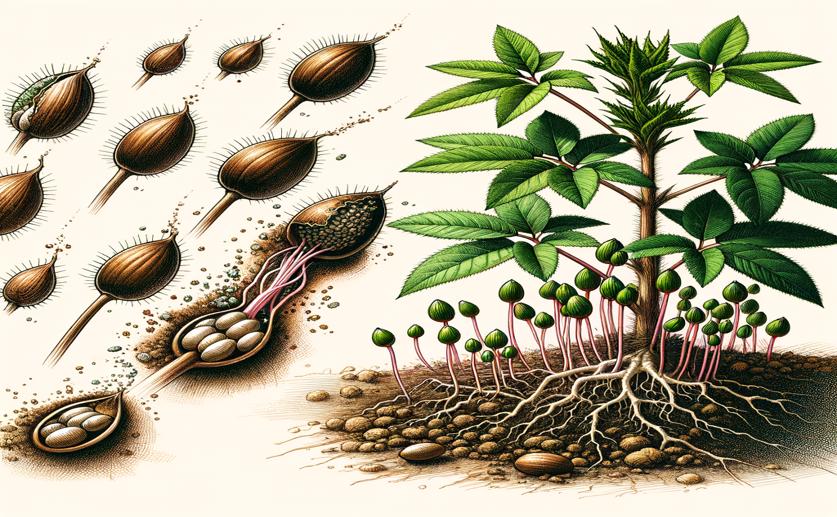
How Seed Germination Is Affected by Chemical Changes in Burdock Plant
Jenn Hoskins
26th May, 2024

Image Source: Natural Science News, 2024
Key Findings
- Researchers from Liaoning University of Traditional Chinese Medicine studied the early stages of Arctium lappa seed germination and seedling establishment
- They found that the conversion of monolignans to sesquilignans and dilignans is crucial for seed germination and seedling growth
- The study also revealed significant transcriptional changes and multiple plant hormone signaling pathways involved in these early developmental stages
References
Main Study
1) The conversion of monolignans to sesquilignans and dilignans is closely correlated to the regulation of Arctium lappa seed germination.
Published 25th May, 2024
https://doi.org/10.1007/s00425-024-04445-8
Related Studies
2) Updated role of ABA in seed maturation, dormancy, and germination.
3) An Updated Overview on the Regulation of Seed Germination.
4) UPLC-HRMS Analysis Revealed the Differential Accumulation of Antioxidant and Anti-Aging Lignans and Neolignans in In Vitro Cultures of Linum usitatissimum L.



 24th May, 2024 | Jim Crocker
24th May, 2024 | Jim Crocker